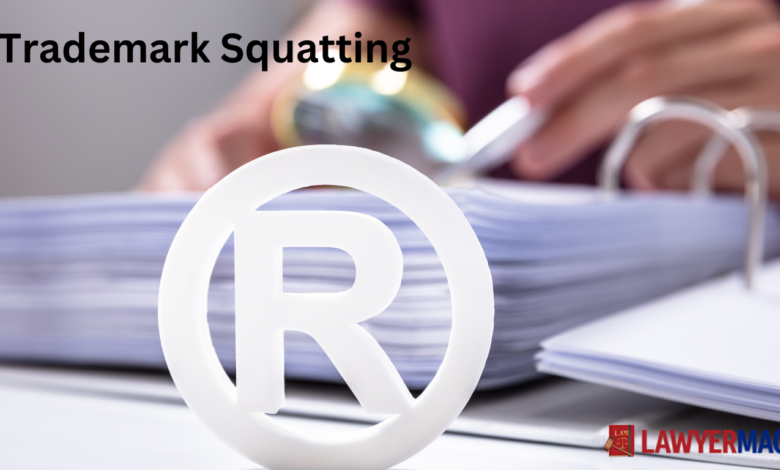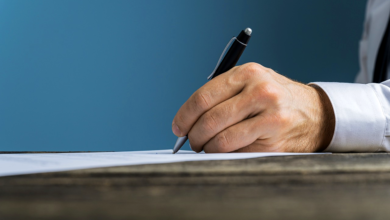What is Trademark Squatting: How It can be Prevented

Trademark squatting is a term used to describe the practice of registering or using a trademark that belongs to someone else, without their permission or authorization. The act of trademark squatting is illegal and can have serious legal and financial consequences for both the original trademark owner and the perpetrator.
Trademark squatting is a common problem faced by many individuals and businesses, especially in the digital age where the internet provides easy access to information and the ability to register a trademark online. In this article, we will explore the concept of trademark squatting, how it works, and how to prevent it.
Types of Trademark Squatting
There are two types of trademark squatting: domestic and international. Domestic trademark squatting occurs when a person or company registers a trademark that is identical or similar to an already existing trademark in the same country.
International trademark squatting, on the other hand, occurs when a person or company registers a trademark in a foreign country where the original trademark owner has not registered their trademark.
The Importance of Trademark Registration
One of the best ways to protect your trademark is by registering it. Registering your trademark gives you exclusive rights to use the trademark and prevents others from using or registering a similar trademark. Trademark registration also gives you the right to take legal action against anyone who infringes on your trademark rights.
How Does Trademark Squatting Work?
Trademark squatting works by taking advantage of the fact that trademarks are registered on a first-come, first-served basis. Squatters often monitor the trademark registry to identify potentially valuable trademarks that have not yet been registered.
Once they find a valuable trademark, they register it themselves, preventing the original owner from using the trademark or registering it in the future.
Examples of Trademark Squatting
One example of trademark squatting is when a person or company registers a trademark that is similar or identical to a popular brand or product. They then use the trademark to create counterfeit products, which they sell for a profit.
Another example is when a person or company registers a domain name that is identical or similar to an already existing domain name. They then use the domain name to create a website that generates traffic and revenue.
The Legal Implications of Trademark Squatting
Trademark squatting is illegal and can result in serious legal consequences for the perpetrator. If the original trademark owner discovers the trademark squatting, they can take legal action against the squatter to regain control of their trademark.
The legal process can be lengthy and expensive, and may not always result in a positive outcome for the original trademark owner.
The Damage Caused by Trademark Squatting
Trademark squatting can cause significant damage to the original trademark owner, including loss of revenue, damage to brand reputation, and loss of customer trust.
Read More: Debunking Common Myths About Illegal Immigrants in UK
Squatters often use the trademark to create counterfeit products, which can be of poor quality and harm the original brand’s reputation. Squatters may also use the trademark to promote fraudulent activities, which may further damage the original brand’s reputation and cause financial harm.
How to Prevent Trademark Squatting?
There are several steps that individuals and businesses can take to prevent trademark squatting:
Conduct a Thorough Search
Before registering a trademark, it is important to conduct a thorough search to ensure that the trademark is not already registered or in use. A trademark search can be conducted online or through a trademark attorney, and can help identify potential conflicts and prevent trademark squatting.
Register Your Trademark
One of the most effective ways to prevent trademark squatting is by registering your trademark. Registering your trademark gives you exclusive rights to use the trademark and prevents others from using or registering a similar trademark. It also gives you the right to take legal action against anyone who infringes on your trademark rights.
Monitor Your Trademark
Monitoring your trademark can help you identify potential instances of trademark squatting and take action before any damage is done. Regular monitoring of your trademark can be done through online searches, monitoring services, or through a trademark attorney.
Take Legal Action Against Squatters
If you discover that someone is squatting on your trademark, it is important to take legal action to protect your rights. Legal action can include sending a cease and desist letter, filing a trademark opposition, or pursuing legal action in court.
Conclusion
Trademark squatting is a serious problem that can have significant legal and financial consequences. However, there are steps that individuals and businesses can take to prevent trademark squatting, including conducting a thorough search, registering their trademark, monitoring their trademark, and taking legal action against squatters.
By taking these steps, individuals and businesses can protect their trademarks and prevent trademark squatting from occurring.












One Comment